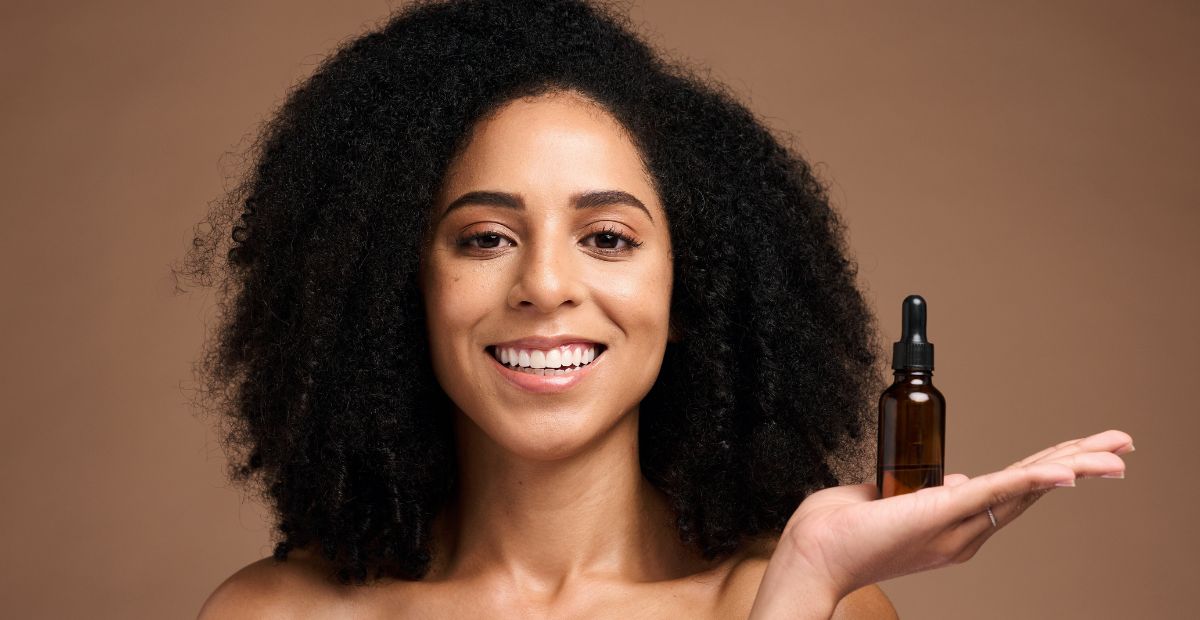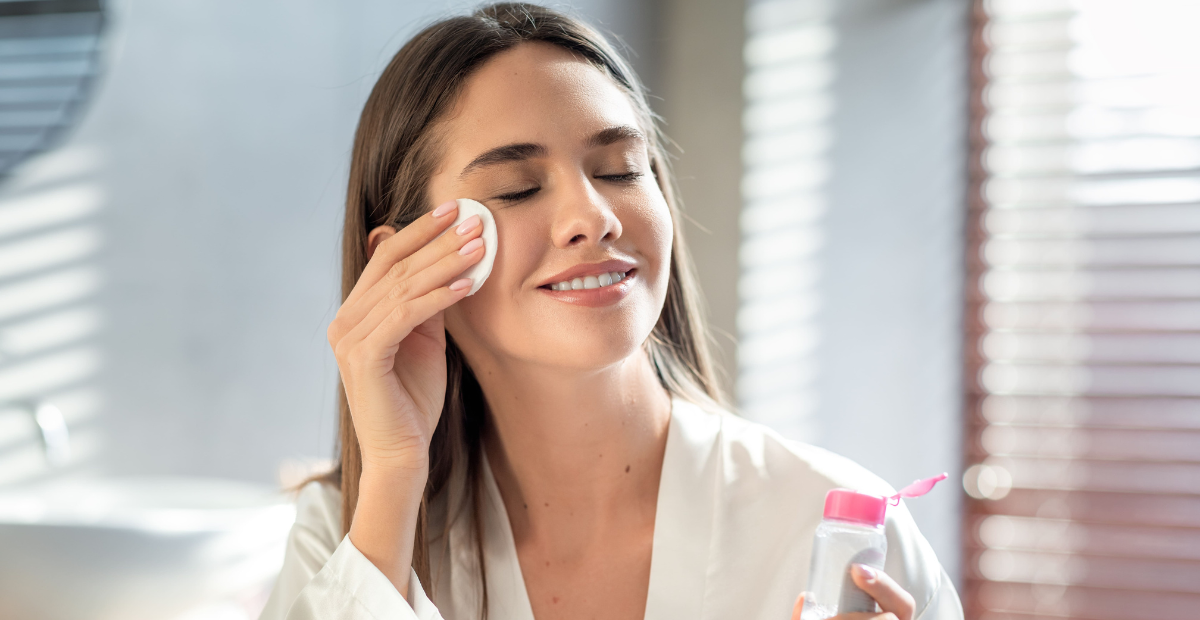Dark Circles under Eyes: Causes & Treatments
Onskin Content Team
Your guides through the skincare chaos

People’s eyes give us more information than any other part of their anatomy—from the slightest changes in their mood to age and health—all in a fraction of a second. Most of it we get not from the eyeballs, which themselves are not very expressive if you think about it, but from the area that surrounds the eyes. No wonder it can become a major insecurity when it looks a bit off—no one wants to look ill, tired, older than they are, or have an undeserved reputation as a party animal. So in this blog post, let’s talk all about dark circles: what causes them and more importantly what you can do about it.
What Causes Dark Circles Under Eyes
There’s no simple answer to this question because things of a fundamentally different nature cause dark circles under the eyes. Still, is it important to know what causes them? Absolutely! Once you’ve figured out what causes your dark circles, you’ll be able to stop wasting time and money on things that don’t work and focus on those that do to finally take them out for good!
So, let’s dive into it: what causes dark circles under the eyes? There are four main root causes (spoiler alert: skincare can only take care of the two—more on this later):
Loss of volume
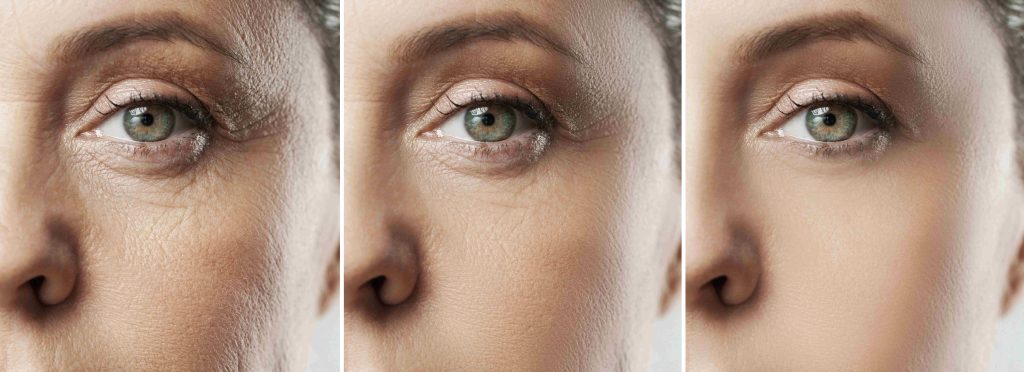
If we look at the anatomy of the undereye region, there’s skin (thinner than anywhere else), then directly underneath it, a muscle that surrounds the eye along with blood vessels, and below it, fat. As we age, the fat pad decreases in volume. This makes the undereye region deeper, creating a visual separation between the cheek and the tear trough and throwing it into shadow. Naturally, the deeper it gets, the darker it looks—a matter of physics.
Excess skin
With age, our skin loses firmness and stretches, creating excessive amounts of it in certain areas. Depending on the skin tone, more skin can mean more pigment which can cause these areas to look darker compared to those where the skin is tight.
Thin skin
Periorbital skin is the thinnest in our body but some people are the lucky owners of skin that’s so thin you could see the underlying structures well enough to study them. This creates visual discoloration making the skin appear blue or purple (even though it’s not) because the dark red of the underlying muscle mingles with the bluish tinge of the blood vessels as it shines through. This is usually unrelated to age but can become more prominent as we get older.
Hyperpigmentation
Now, with this one, we need to make a clear separation between hereditary pigmentation that some people have naturally and hyperpigmentation that occurs as a result of sun damage or chronic inflammation (yes, this can happen).
Hereditary Pigmentation

Some people’s periorbital area naturally has more pigment. This has nothing to do with age or physical illness but may give the face a worn-out or even unhealthy look.
Hyperpigmentation
Melasma, sun damage, allergies, eczema, and other chronic inflammatory skin conditions can cause hyperpigmentation around the eyes. Sometimes, it can even be the result of sensitivity that can develop to a product we’ve been using for years and don’t expect any surprises from. It’s best to be vigilant and never ignore any irritation even if you don’t see an obvious cause.
How to Tell What Causes Your Dark Circles
A dermatologist appointment will do the trick. If this isn’t an option, though, there’s a super simple test that can give you a good idea of what’s going on. Here’s what you need to do:
- Stand in front of a mirror, all-natural, no makeup.
- Put your index fingers on the rims of your lower eyelids and gently pull the skin down.
- Observe and assess what you see:
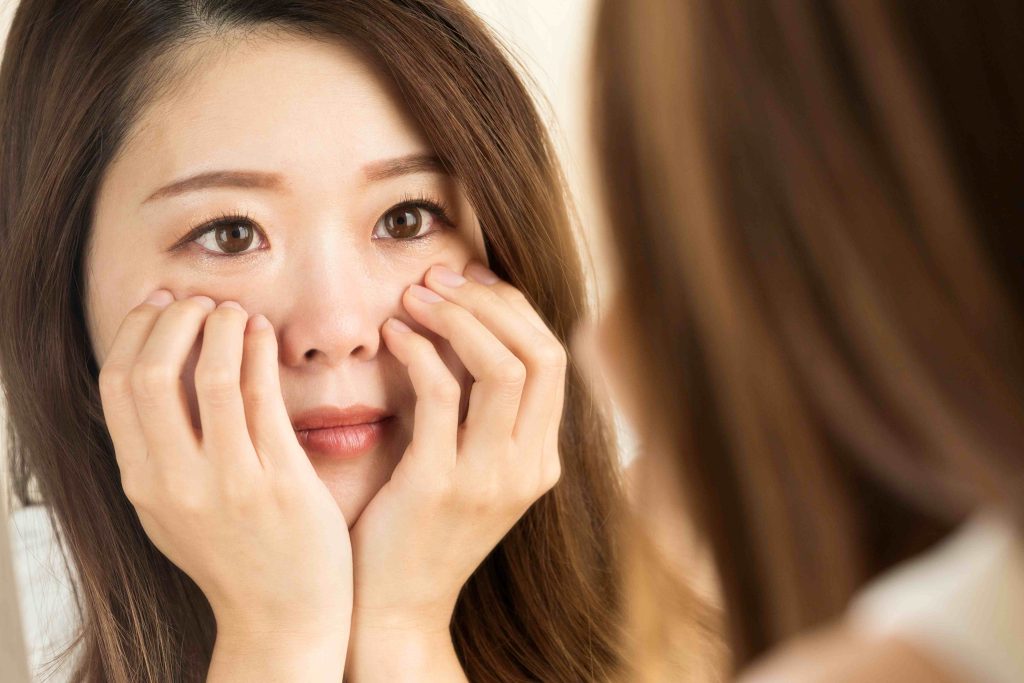
- If the dark circles fade and become less visible, the cause is very likely anatomical.
- If the dark circles become more visible, you likely have thin skin.
- If the dark circles don’t seem to change in intensity but shift downwards, the most likely cause is hyperpigmentation.
How to Get Rid of Dark Circles Under Eyes
Now, to a more interesting and practical part—how to get rid of dark circles under the eyes. The solution will solely depend on the root cause. The good news is that correctly chosen skincare or treatment can show significant improvements and in some cases take out dark circles.
Anatomical Changes
As you may have guessed, volume loss and excess skin, cannot be improved or corrected by skin care. They have to do with structural changes and no skincare can reverse these processes. There are solutions, though, that show terrific results: blepharoplasty (for excess skin) and lipofilling (for volume loss), or for those who have both issues, a combination of the two.
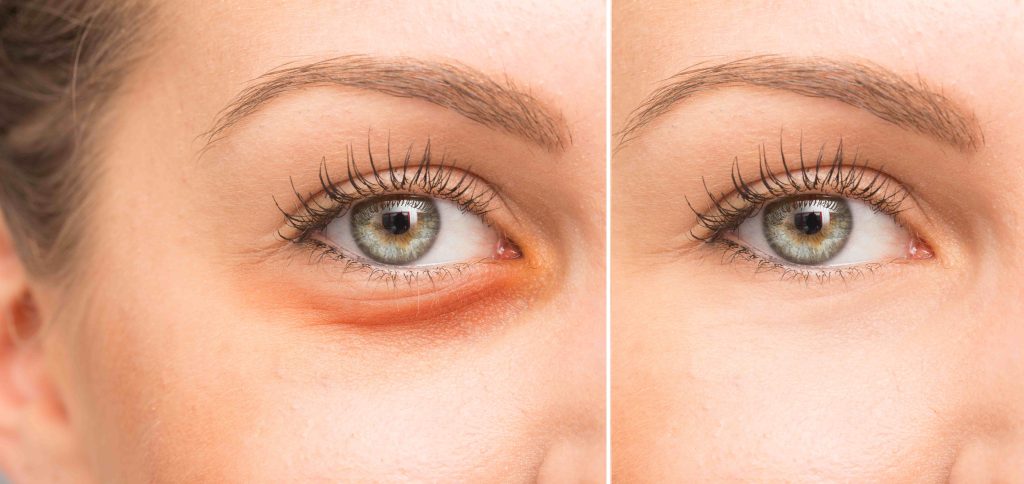
Hyperpigmentation
If your dark circles are caused by hyperpigmentation from sun damage or inflammation, you can consider yourself relatively lucky—skincare products can actually push the needle. Here’s what to look for on the ingredient list:
- Hydroquinone
- Azelaic acid
- Tranexamic acid
- Niacinamide
- Alpha arbutin
- Vitamin C
Products containing these ingredients will likely be marketed as anti-dark circles but it’s still important to look into the ingredients because not all products that promise to take out dark circles under the eyes will contain them. An ingredient scanner like OnSkin makes this task super easy—simply scan the barcode or take a picture of the bottle and the app will break it down for you in a second.
Thin Skin
If your dark circles are caused by thin undereye skin, you can tackle the issue from two ends.
Make the blood vessels under the eyes less visible
First, you can try and make your blood vessels less visible. Your best ally in this quest would be topical caffeine. Eye creams with caffeine can make the blood vessels constrict which
a) makes them less visible,
b) pushes the water from the blood vessels into the surrounding tissues making it look fuller and healthier overall,
c) helps as an antioxidant which never goes amiss.

A small disclaimer: obviously, lifestyle choices play a big role here because anything that makes the blood darker will automatically make the blood vessels under your eyes look darker (lack of sleep or physical activity, any kind of intoxication which includes alcohol, nicotine, dehydration, poor diet, and more). You very likely already know this and will have this box checked before investing time and money into any expensive treatment, so we’re not going to talk about lifestyle.
Make the skin under your eyes thicker
You can try to make the skin under your eyes thicker. This isn’t a simple task, though, so if you decide to take this route, you’ll need to be prepared to invest money and effort. So what would be your options?
Non-surgical procedures
Laser skin resurfacing, ablative and non-ablative fractional laser treatment, and radiofrequency treatment will stimulate collagen production making the skin thicker and more youthful-looking. This may fade dark circles under the eyes or take them out completely but a consultation with a specialist is critical to choose the plan of treatment and evaluate the risks involved.
Retinol

Yes, retinol stimulates collagen production and can ultimately make skin thicker. It’s best to start with the lowest concentration available because of how sensitive the undereye skin can be. We don’t want irritation and inflammation in that area for obvious reasons, but in the context of dark circles also because there’s a chance of post-inflammatory pigmentation.
We hope this brings you some clarity and answers the “how to get rid of dark circles under the eyes” question. Take care, use modern tools like an ingredient scanner to your advantage, and get that glowing look you’ve always wanted.
FAQ
-
Where do I start with OnSkin?
Download the app and think of a product you’d like to know more about. Then, go to the main screen and choose how you’d like to get the info —by manually looking it up in the search bar, by scanning its barcode, or by simply taking a picture of the packaging. Once you’ve done any of these, you can see how safe the product is and if it suits your skin or hair (if this analysis is available).
-
What is Safety Rating, and how is it calculated?
In OnSkin, we base product rates on ingredients. Each is closely studied by our medical team and then evaluated. This way, each product gets a score from 0 to 100, with 100 as the safest level.
Safety Levels
- Excellent (76–100)
- Good (51–75)
- Not great (26–50)
- Bad (0–25)
These scores are backed by the latest scientific studies. You can find links to the resources we’ve used on each ingredient page. To assess the safety of product ingredients, we evaluate them according to the following parameters/criteria
- Endocrine disruption risk / Reproductive toxicity
Indicates the probability of mimicking, blocking, or interfering with the body hormones.
- Сarcinogenicity
Measures the potential risk of inducing cancer.
- Allergy risk
Estimates the probability of an allergic reaction.
- High concentration alert
Determines the risk of being unsafe in certain amounts.
-
What is Skin Match?
Based on the info you input about your skin type, age, skin care goal, and other “settings,” OnSkin checks how well a product is tailored to your unique skin needs — it’s basically like a dermatologist helping you find the right products, minus the fees and the long wait. The product you’re checking might be labeled as It’s a match!, Hit-or-miss, or Not a match for you. The app also detects ingredient groups such as Anti-acne, Anti-inflammatory, Moisturizes, May be drying, Comedogenic, and others — by tapping one, you see exactly what ingredients from this or that group are in the product.
-
I seem to have a problem with using the app. Who should I contact?
Please reach out to us at [email protected], and we’ll carefully look into your issue. Your ideas for improving the app are also very welcome!
-
Do you have an Android version?
Not yet! Hey Android users, we hear you, and we're thinking about making an Android version, but we haven't started the development yet.
Tracker Sent!
It’s on the way to your inbox.


